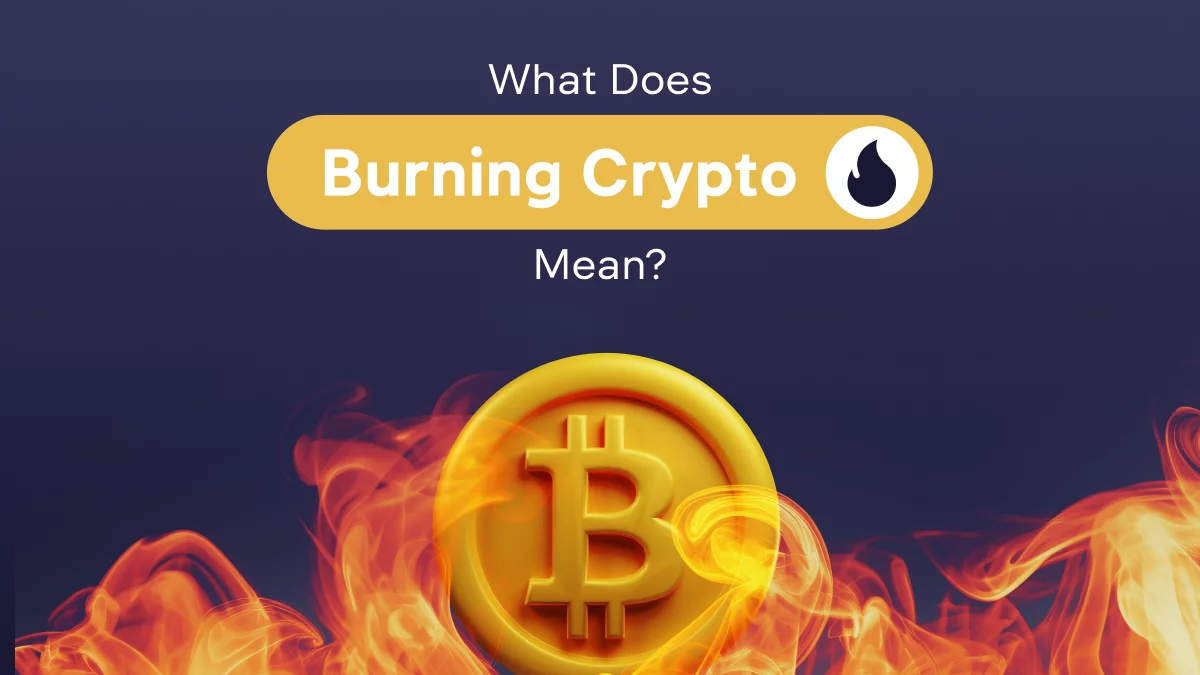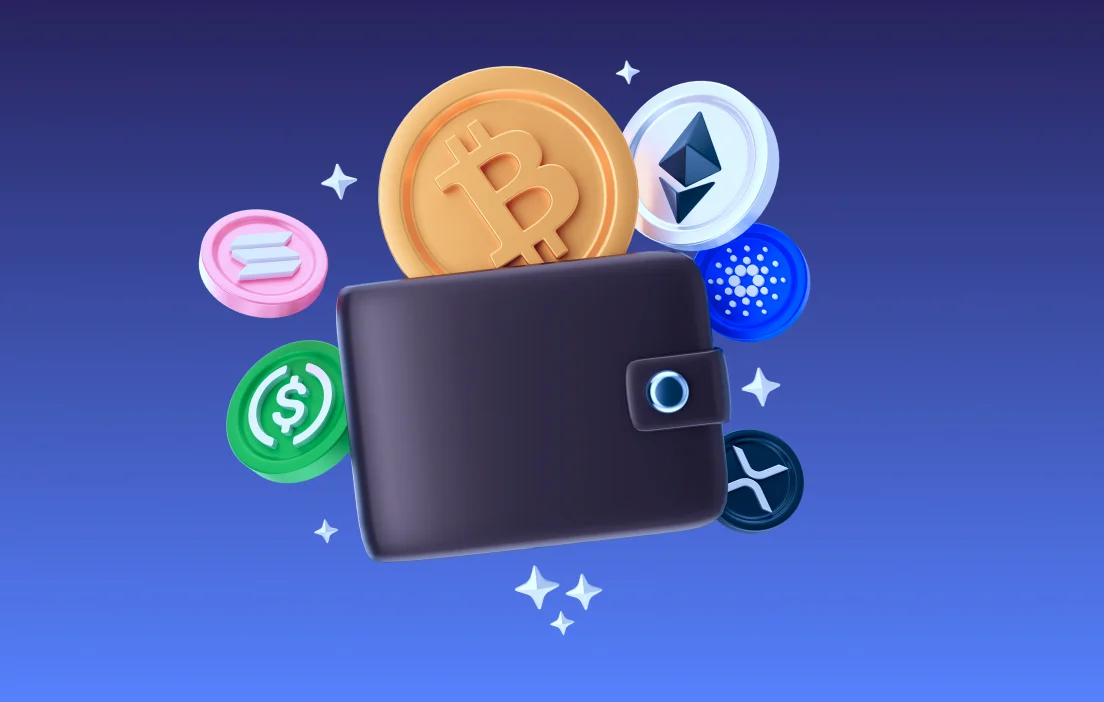🔥 Burning Tokens: Full Explanation of What It Is and Why It Matters
In the world of cryptocurrency, many terms might sound technical or abstract at first. One of those is “token burning”. Despite the dramatic name, it’s not about actual fire — it’s a process with significant implications for the supply and value of cryptocurrencies.
This article will break down what token burning is, how it works, why projects do it, and its impact on the crypto ecosystem.
✅ What Is Token Burning?
Token burning is the process of permanently removing a certain number of cryptocurrency tokens from circulation. This is done by sending the tokens to a burn address — a wallet from which they can never be retrieved or spent.
Think of it like shredding dollar bills: those coins or tokens are taken out of the supply, forever.
🔍 How Does Token Burning Work?
The most common way to burn tokens is:
- A developer or project team sends tokens to a public address (burn address).
- This burn address is verifiably unspendable (it has no known private key).
- Once tokens are sent there, they are effectively destroyed — nobody can access or use them again.
- The burning transaction is recorded on the blockchain, making it permanent and transparent.
Example:
Ethereum burn address: 0x000000000000000000000000000000000000dEaD
Tokens sent here are gone forever.
🔄 Types of Token Burning Mechanisms
There are several ways burning is implemented:
1. Manual Burns
Project teams manually burn tokens at their discretion. This is common in projects that want to manage tokenomics (token supply and demand).
Example: Binance (BNB) burns a portion of tokens quarterly based on its trading revenue.
2. Automatic Burns (Smart Contracts)
Some projects integrate automatic burn mechanisms into their smart contracts.
- A portion of every transaction is burned.
- Often used in deflationary tokens like SafeMoon or Shiba Inu.
3. Buy-Back and Burn
The team buys tokens from the market using profits, then burns them. This is similar to a stock buy-back.
Example: Crypto.com periodically buys and burns CRO tokens.
4. Fee Burn
Part of transaction fees is burned instead of going to miners/validators.
Example: Ethereum’s EIP-1559 upgrade now burns a base fee in every transaction.
💡 Why Do Projects Burn Tokens?
There are several strategic and economic reasons to burn tokens:
1. To Reduce Supply (Deflation)
Burning reduces the circulating supply of a token, which can:
- Increase scarcity
- Potentially increase value (if demand remains the same or increases)
It’s based on the simple supply and demand principle.
2. Price Stabilization or Growth
By reducing supply, projects aim to counter inflationary effects and help maintain or increase the token price over time.
3. Boost Investor Confidence
Regular token burns show commitment to long-term value. Investors may feel more secure knowing the project is actively managing its supply.
4. Correct Past Mistakes
Some projects burn unsold ICO tokens or tokens accidentally minted, to maintain trust and tokenomics integrity.
5. Reward Long-Term Holders
If a project burns tokens while maintaining demand, the relative share of remaining tokens increases in value — benefiting holders.
📈 Real-World Examples of Token Burning
🟣 Binance Coin (BNB)
- Binance performs quarterly burns based on trading volume.
- Goal: Reduce total supply from 200 million to 100 million BNB.
- Result: Scarcity has contributed to BNB’s price performance.
🟣 Ethereum (ETH)
- Since the EIP-1559 upgrade (August 2021), a portion of ETH gas fees is burned.
- This has introduced deflationary pressure, especially during periods of high network activity.
🟣 Shiba Inu (SHIB)
- Implements community-led burns, including “burn parties.”
- Burns often celebrated to reduce the huge circulating supply and increase value.
🟣 Terra Classic (LUNC)
- Community voted to implement a burn tax after the original Terra crash, aiming to reduce LUNC supply over time.
⚠️ Risks and Criticisms of Token Burning
Despite the advantages, burning tokens is not always universally praised:
❌ False Perception of Value
Burning tokens doesn’t automatically increase value. It depends on demand. If nobody wants the token, burning won’t help.
❌ Manipulative Practices
Some projects may use token burning as a marketing stunt without real utility or benefit for users.
❌ Irreversibility
Once burned, tokens cannot be recovered. If mistakes are made (e.g., burning too many), it could hurt the project long-term.
❌ No Direct Utility
Unlike staking or liquidity provision, burning doesn’t always provide functional value beyond optics and scarcity.
🧠 Token Burning vs Coin Supply Control
Token burning is just one way to manage supply. Others include:
- Minting caps: Limit how many tokens can ever be created.
- Halving events: Like Bitcoin’s automatic reward halving.
- Staking lockups: Reduce circulating supply temporarily.
Burning is permanent, unlike staking or time-locking mechanisms.
🔮 Does Burning Always Work?
Not necessarily. Token burning only impacts price if:
- There’s sustained market demand.
- The total supply reduction is significant.
- The project has strong utility and adoption.
Without these, burning is symbolic and has minimal impact.
🧾 On-Chain Transparency of Burns
One major benefit of blockchain is that burns are fully verifiable. Anyone can:
- Check burn addresses
- Review transactions
- Audit total tokens burned
Sites like etherscan.io and bscscan.com show real-time burn records.
📊 Tools to Track Burned Tokens
- Binance Burn Tracker
- Etherscan Token Tracker
- CoinMarketCap Burn Data
- Project-specific dashboards (e.g., SHIB burn portal)
📚 Summary: Why Token Burning Matters
| Aspect | Description |
|---|---|
| 🔥 What is it? | Permanent removal of tokens from circulation |
| 🧰 How? | Sending to an unusable burn address |
| 🎯 Why? | To reduce supply, increase scarcity, and boost value |
| 💸 Impact | May increase token price IF demand exists |
| ⚠️ Risks | Ineffective if demand is weak; may be used as hype |
Token burning can be a powerful economic tool, but only when paired with real demand, transparency, and utility.




